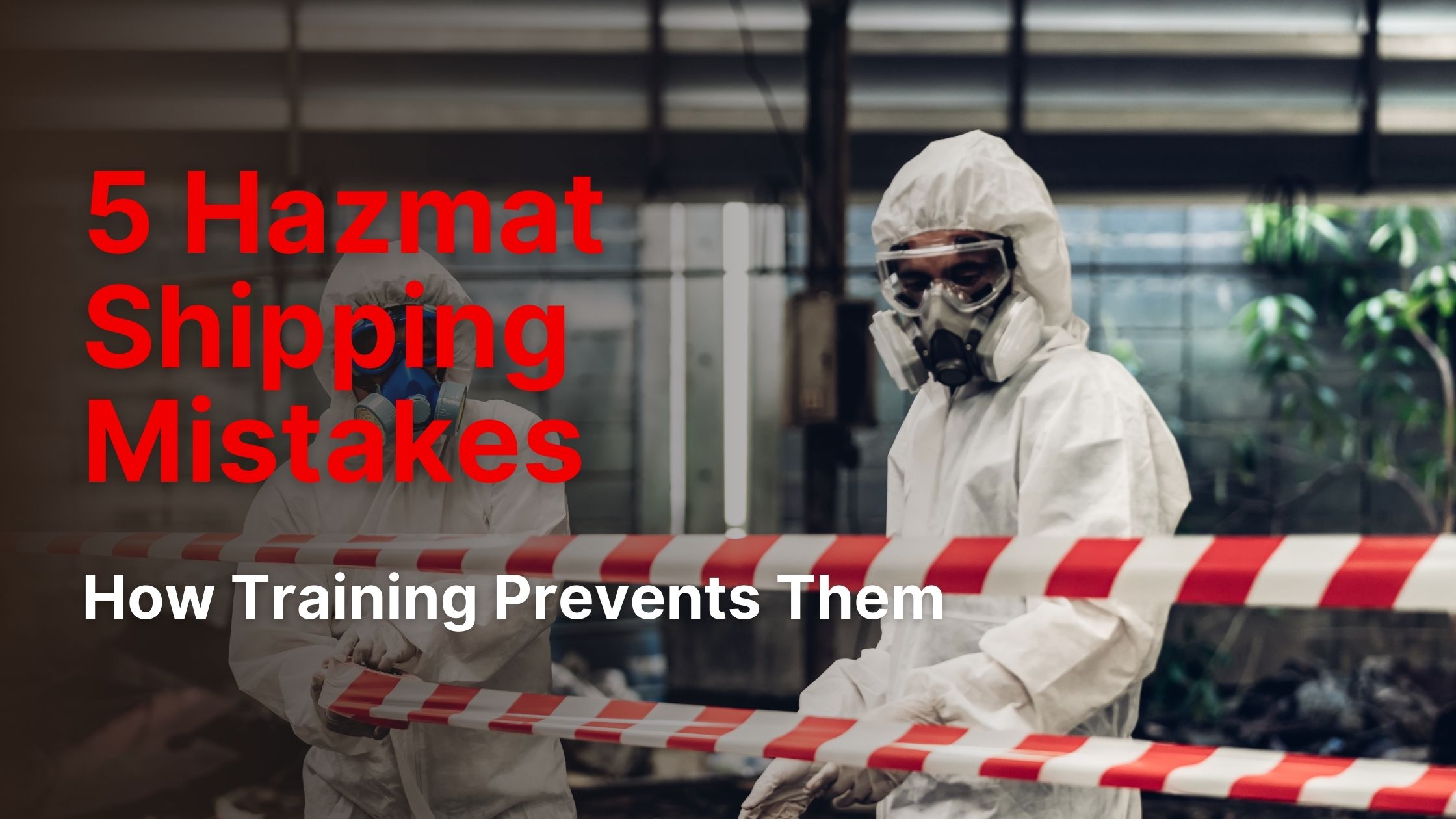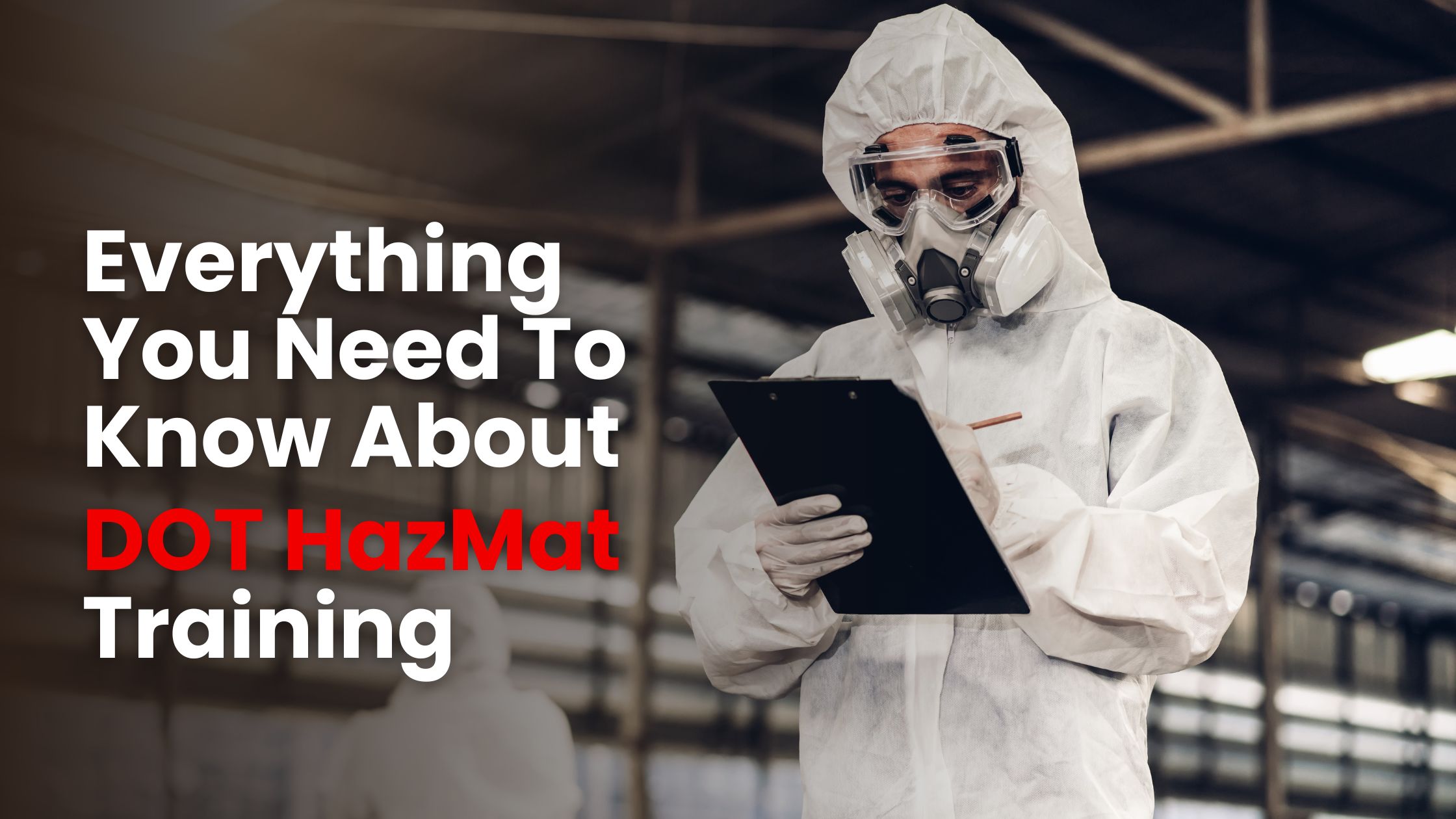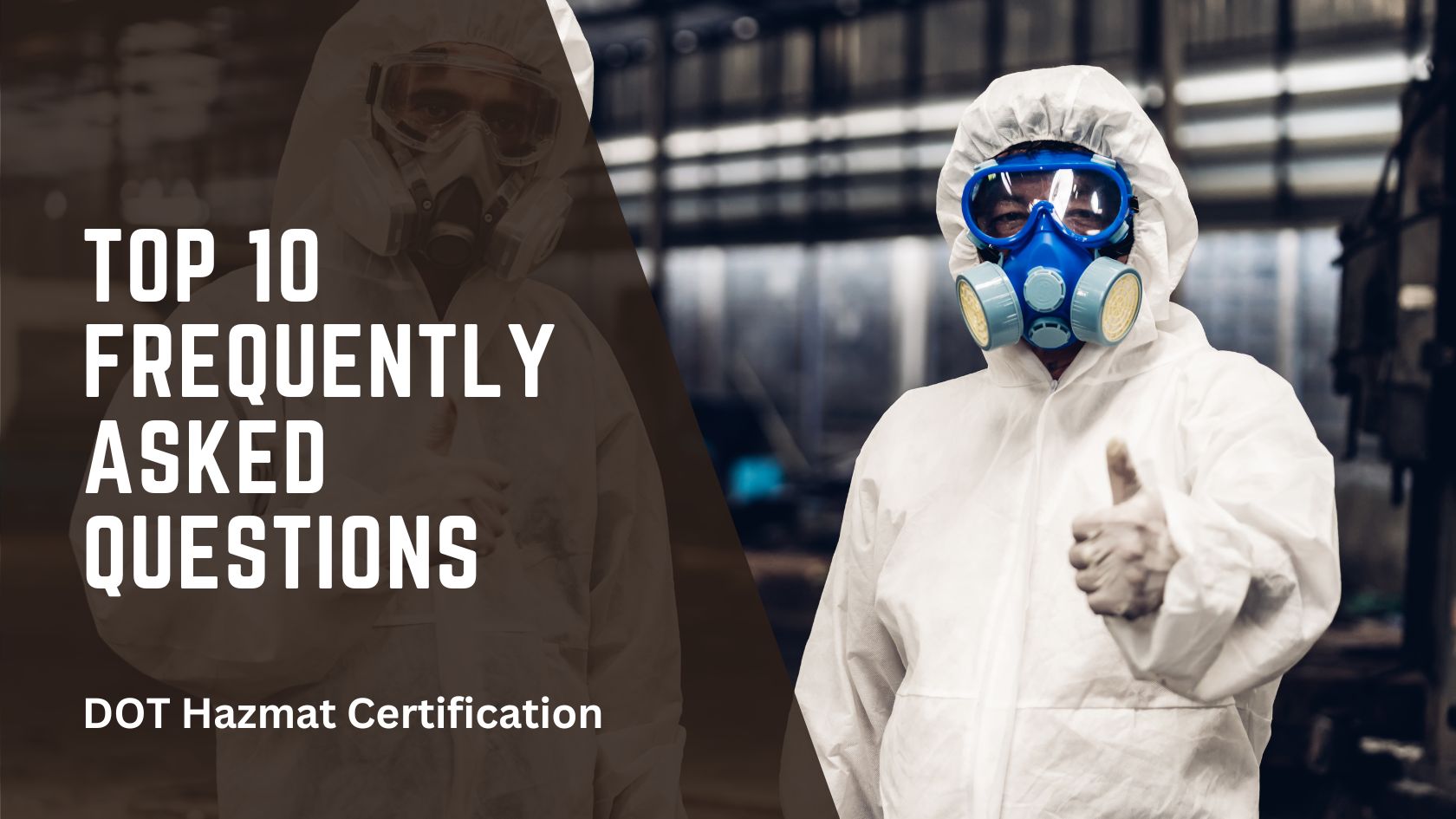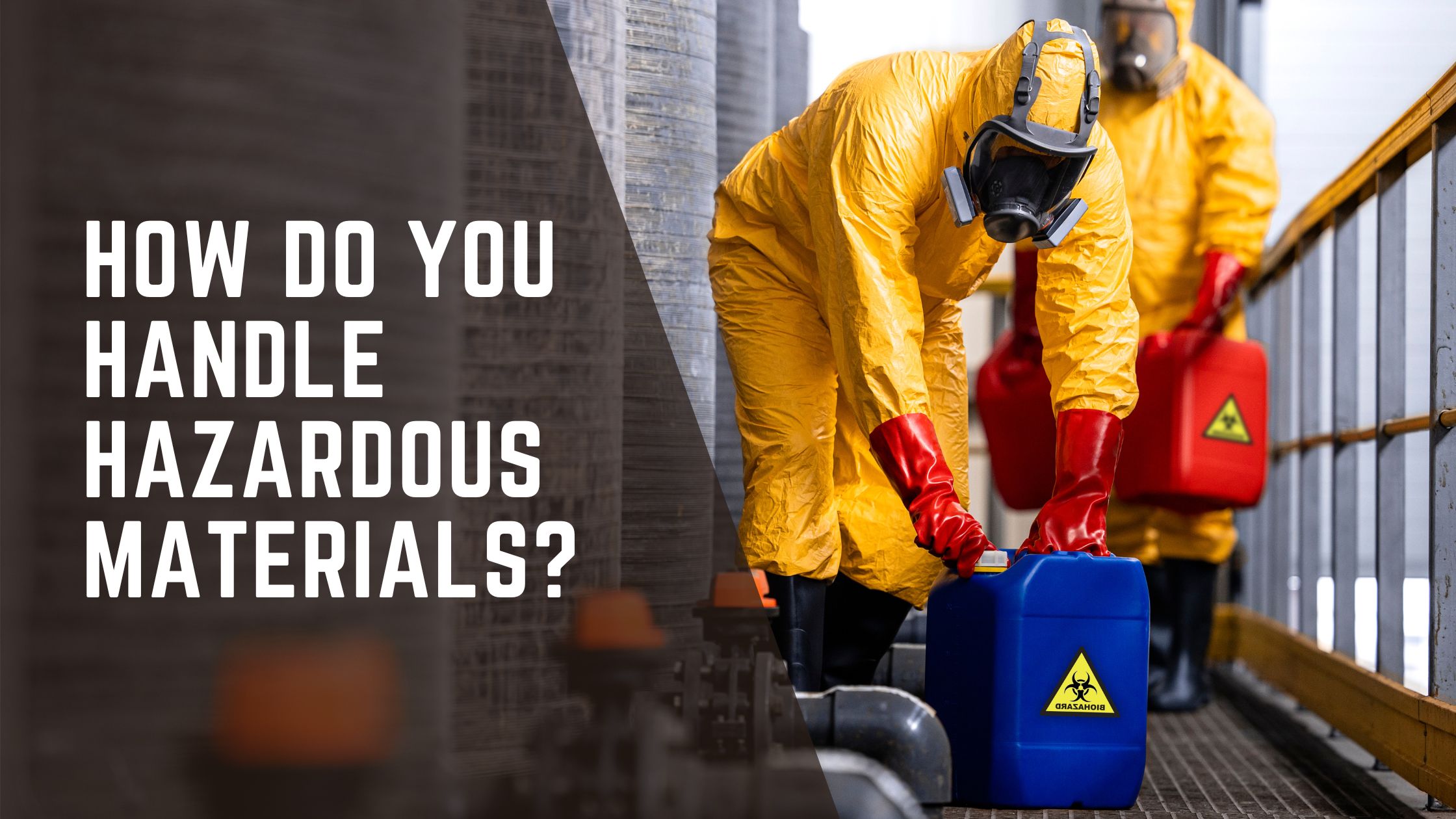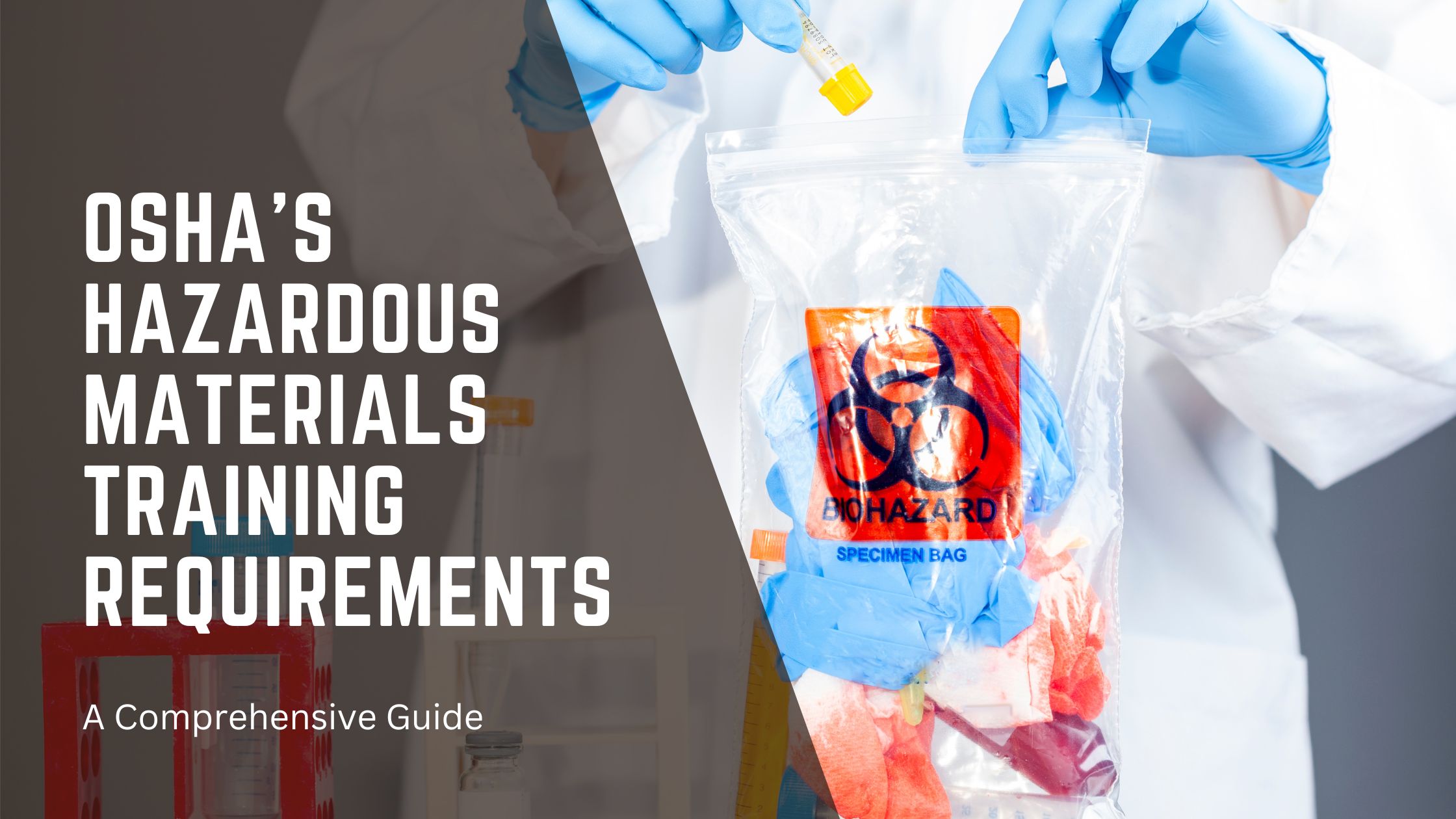Do you know that the number of hazardous materials-related accidents has grown enormously over the past 10 years? It was in 2013 when there were about 16,000 HazMat-related accidents and nearly all of them happened due to a lack of hazmat general awareness training. If we look at the statistics right now, there have been around 25,000 HazMat accidents so far which is the number for the year 2022. Also, close to 15,000 acute accidents happen every year in the country due to some kind of hazardous substance spill.
This has raised concerns among Federal bodies, local and state governments, and several trucking companies alike. These hazardous materials include hydrocarbons, gasoline, diesel fuel, oil, and natural gas in both gaseous as well as liquid forms. The major reason for these mishaps (as cited by experts) is a lack of knowledge when it comes to moving hazardous materials between different locations. The cost of damage to the moving vehicle or the tractor or trailer is also quite humongous in addition to the health risk that these accidents pose almost every year. According to an independent study, the annual damages amount to a little more than $1.1 million every year.
This is a matter of serious concern and for all the right reasons. And, this is exactly why it becomes so much more critical for trucking companies to invest in general awareness training programs for HazMat employees in their organization. Even the Department of Transportation and the Federal Motor Carrier Safety Administration advise and recommend HazMat general awareness training for all the drivers and safety-sensitive position holders involved directly in this field of work.
Let’s have a quick discussion on the importance of HazMat general awareness training and how it can reduce risks within the trucking industry
What Is The Meaning Of HazMat Training?
Employees who handle hazardous materials regularly undergo specific HazMat training. This training equips them with the knowledge and skills to identify, convey, store, handle, manage, and transport hazardous materials, among other critical aspects. Additionally, it educates them about the emergency practices and responses they must implement in the event of an accidental spill.
Who Exactly Needs HazMat Training?
Any person, particularly those in safety-sensitive positions like drivers, involved in the direct or indirect handling of hazardous materials, must receive hazardous material handling training. Government agencies across the country must ensure that individuals at such positions always receive a specified level of training. This training should focus on the safe transportation of all the packages that contain hazardous materials whether they are in solid, liquid, or gaseous form.
Understanding What A Hazmat Employee Is
A HazMat employee, again, is an individual who is actively responsible for handling and managing the storage, transportation, labeling, packaging, and distribution of any hazardous materials. He is also in charge of maintaining its safety and preventing its leakage under any circumstances. Expect these employees to undergo specialized training to actively secure workplace safety and prevent the release of these materials into the environment, whether accidentally or intentionally.
Indeed, if an employee works in proximity to chemicals, at a nuclear power plant, in the oil industry, or with any other hazardous material categorized by the FMCSA, they must undergo this training before commencing their duties. Individuals working in fields such as emergency medical services and firefighting, also classified as HazMat employees, must receive training of a similar quality and level.
Why Is HazMat Training So Important?
Training for hazardous materials handling and management is not just important but mandated by the government. It is essential because it enables HazMat employees to prevent serious HazMat-related accidents, injuries, and fatalities. If these hazardous materials are not handled safely, they can pose a very serious threat to human and animal life, the environment, public property, as well as the entire highway system of the country. HazMat training also helps companies stay compliant with the local, state, and Federal rules and regulations.
We recommend formal training for all employees, supervisors, and safety-sensitive position holders who have access to hazardous materials and are responsible for managing their storage, conveyance, and dissemination. The training also emphasizes educating them about the various risks associated with different kinds of hazardous materials and instructs them on how to respond in situations involving emergency spills and exposure.
A typical HazMat general awareness training course also educates them on the various practices focused on evacuating different types of venues if the spill happens to threaten citizens or a public/residential area.
Let’s Have A Quick Look At The Different Types Of Hazardous Materials
Flammable Liquids And Gases
These are some of the most common hazardous materials and can cause fires very easily. They are highly potent and when come in contact with air or oxygen, can cause serious damage to both human and animal life.
Corrosive Substances And Materials
corrosive substances can cause skin burns and blisters including other health issues. The employees handling these materials are required to wear suitable protective uniforms and other protective gear.
Explosives
Explosives can cause massive destruction if they are not handled properly. The level of training required to handle these materials is of the highest importance. The employee in question should know how to secure these materials in the most careful and calculated manner. There are very strict safety protocols in place and the handler should be aware of all of them in case of any unexpected emergencies.
To Sum It Up For You
All in all, it is very important for you as an employer or a trucking company owner to invest your time and resources in HazMat general awareness training for all your HazMat employees. It is going to teach them the basic and advanced principles of accident prevention, emergency response, job-specific HazMat handling, and a lot more. So it is time to take HazMat training for your employees seriously.

